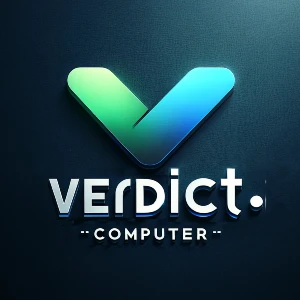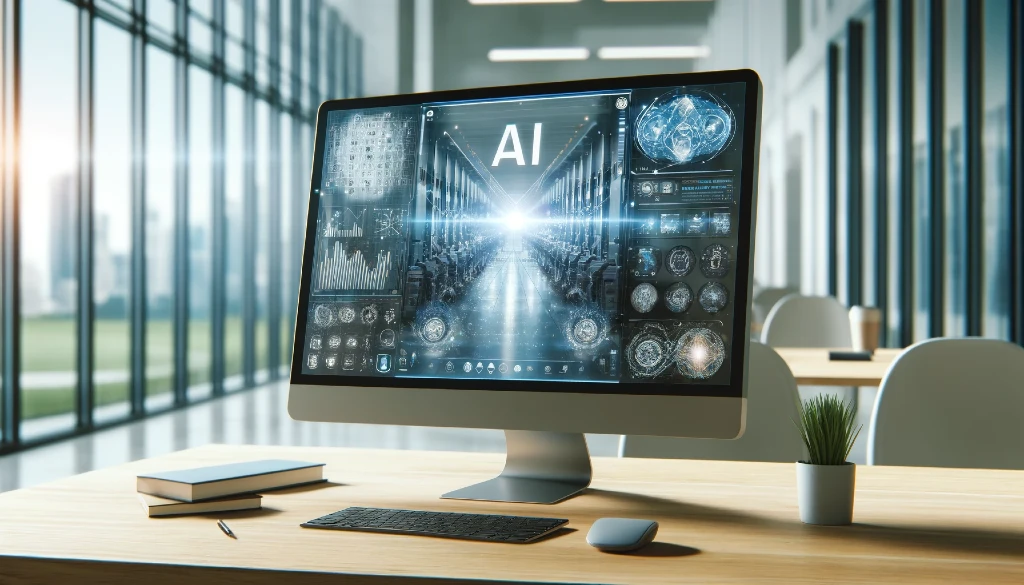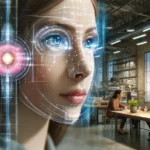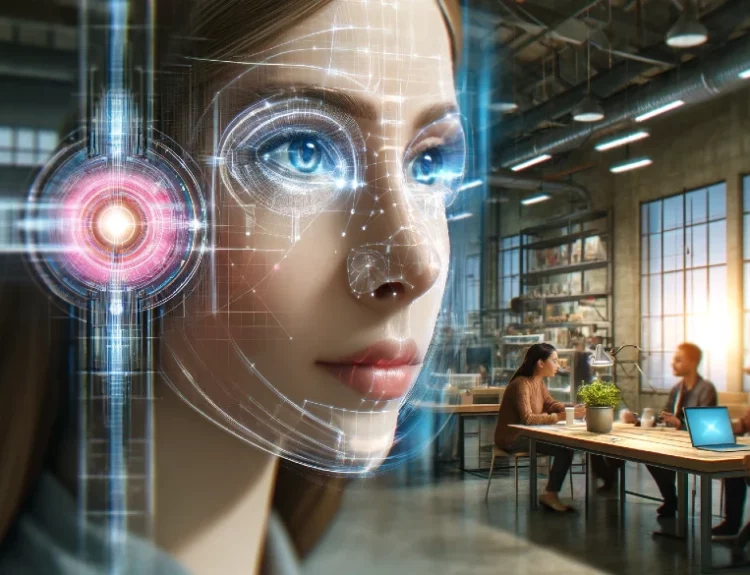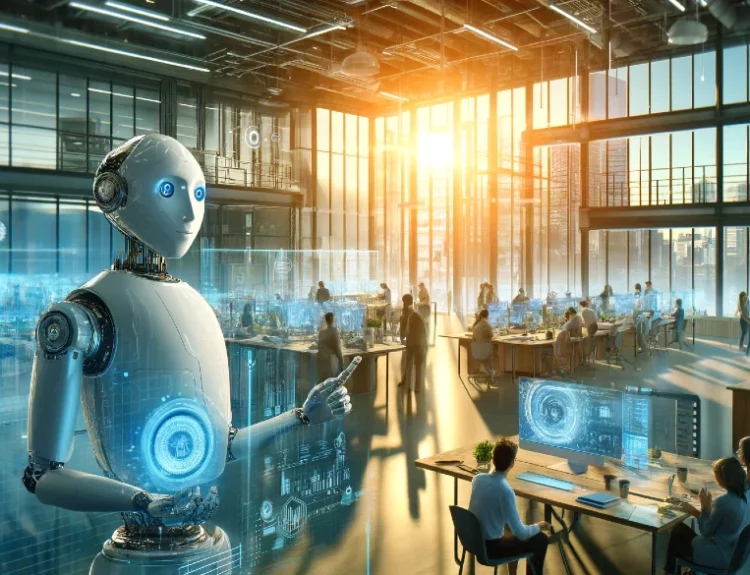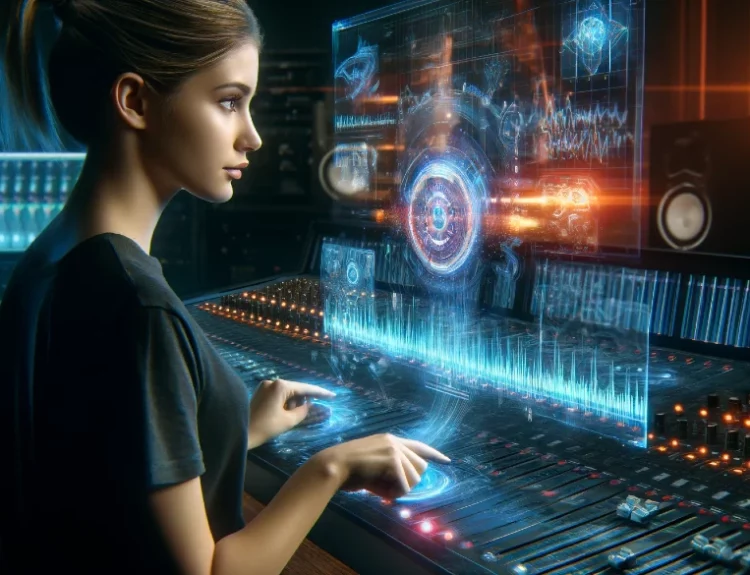Introduction
In today’s digital world, images are more than just pixels on a screen. They hold a wealth of information, capturing moments, conveying emotions, and driving countless applications. But what if we could unlock the full potential of these visuals, extracting deeper meaning and enabling powerful new capabilities? Enter the fascinating realm of Artificial Intelligence (AI).
AI is revolutionizing the way we interact with computer images. By equipping computers with intelligent “eyes,” AI unlocks what’s known as visual intelligence. Imagine software that can not only see an image but also understand its content, identify objects and patterns, and even generate new visuals based on learned information. This is the exciting future that AI-powered computer images hold.
Throughout this blog, we’ll delve into the applications of AI in image processing, explore how AI enhances computer vision, and showcase real-world examples of this transformative technology. We’ll explore terms like AI computer image, artificial intelligence in image processing, and AI-enhanced computer vision, all while unpacking the potential of AI to unlock a new era of visual intelligence.
AI-powered Image Processing Revolution
Computer vision, the science of enabling computers to “see” and understand the world from digital images, has come a long way. But with the advent of AI, particularly deep learning techniques, computer vision has undergone a revolutionary transformation.
AI algorithms can now analyze vast amounts of image data, learning to recognize patterns and features with incredible accuracy. This has led to significant innovations in AI-driven image recognition, allowing computers to perform tasks like:
- Object Detection: Identifying and locating specific objects within an image. Imagine self-driving cars using AI to detect pedestrians and traffic lights.
- Facial Recognition: Accurately recognizing individuals based on their facial features. This technology has applications in security systems and photo tagging.
- Image Classification: Categorizing images based on their content. AI can automatically classify images as landscapes, portraits, or even specific objects like cats or dogs. (This connects to AI applications in image analysis)
Beyond these core functionalities, AI is powering a wave of intelligent image processing solutions across various industries. For instance, in healthcare, AI analyzes medical scans to detect tumors or diagnose diseases. In manufacturing, AI-powered systems inspect products for defects, ensuring quality control. (This expands on AI applications in image analysis)
These are just a few examples, and the possibilities are constantly expanding. As AI continues to evolve, we can expect even more sophisticated applications for image analysis and intelligent image processing solutions.
Demystifying the AI Engine: Algorithms and Interpretation
Have you ever wondered how AI actually “sees” and interprets images? While the inner workings of AI can be complex, we can break down the core concept. At the heart of AI image interpretation lie powerful algorithms, particularly a type called deep learning algorithms.
Imagine a deep learning algorithm as a complex web of interconnected “neurons” inspired by the human brain. These algorithms are trained on massive datasets of images and their corresponding labels. For instance, an algorithm trained for object detection might be shown millions of images labeled with specific objects like cars, bicycles, or people.
Through this training process, the algorithm learns to identify patterns and features within images that differentiate one object from another. It essentially builds a vast internal library of visual knowledge.
One of the most common deep learning architectures used for image interpretation is the Convolutional Neural Network (CNN). CNNs are specifically designed to process visual data. They work by applying a series of filters to an image, progressively extracting higher-level features until the entire image is analyzed and classified.
This doesn’t mean AI simply replicates human vision. AI excels at identifying specific patterns within images with incredible accuracy, sometimes even surpassing human capabilities. However, human interpretation still plays a crucial role, especially for tasks requiring context or nuanced understanding.
The future lies in a collaborative approach, where AI handles the heavy lifting of image analysis and interpretation, while humans leverage their judgment and creativity to make the most of the extracted information. This powerful combination of AI and human intelligence is what’s truly unlocking the potential of visual computing.
The Future of AI in Computer Imaging
The future of AI in computer imaging is brimming with possibilities that will reshape how we interact with the visual world. Here are just a few exciting frontiers to explore:
- Revolutionizing Medical Diagnosis: AI-powered image analysis can become an even more powerful tool for medical professionals. Imagine AI algorithms assisting in early disease detection through advanced medical scans, leading to better patient outcomes.
- Enhanced Autonomous Vehicles: AI’s ability to interpret visual data is crucial for the development of truly autonomous vehicles. Advanced AI systems will enable vehicles to navigate complex environments, recognize obstacles in real-time, and make split-second decisions for safe and efficient travel.
- Personalized User Experiences: AI can personalize our experience with images and content. Imagine social media platforms that automatically enhance photos based on your preferences or online stores that recommend products based on visual analysis of your browsing habits.
- Advanced Image Generation and Manipulation: The future holds exciting possibilities for AI-powered image generation and manipulation. AI could create photorealistic images from scratch, manipulate existing images seamlessly, or even generate artistic styles based on user preferences.
These are just a glimpse into the vast potential of AI in computer imaging. As AI technology continues to evolve and computing power increases, the boundaries of what’s possible will continue to expand. The future of visual computing is intelligent, powerful, and full of possibilities waiting to be unlocked.
Conclusion
The world of visual intelligence is rapidly transforming thanks to the power of AI. We’ve explored how AI empowers computers with “intelligent eyes,” unlocking new possibilities for image processing, recognition, and interpretation. From revolutionizing medical diagnosis to creating personalized user experiences, AI is shaping the future of how we interact with and utilize visual information.
This exciting journey is just beginning, and the potential applications of AI in computer imaging are vast. As AI technology continues to evolve, we can expect even more groundbreaking advancements that will reshape various aspects of our lives.
Here at Verdict, we believe the future of AI lies in collaboration and collective intelligence. We’re not just building another AI platform; we’re crafting a future where AI learns and evolves through real-world interactions and the insights of our community.
Every search, every interaction, every shared result on Verdict contributes to building an AI that understands and grows alongside you. You become an integral part of the process, shaping the future of AI with your unique perspective and experiences.
Verdict is a platform built on the power of collective learning. By joining our community, you’ll be contributing to the development of a diverse and powerful AI that reflects our collective knowledge and expands with each interaction. Dive deeper with our insightful blog posts on “AI Powered Learning” , “The Impact of AI in Computer Software” and many more blogs. Explore these resources to gain a broader understanding of the vast potential AI holds for the future!
Imagine being part of a journey that creates an AI that not only understands images but also learns from our experiences, adapts to our needs, and continuously grows alongside humanity. That’s the future we’re building at Verdict, and we invite you to be a part of it.
Join Verdict today and contribute to shaping the future of AI!
